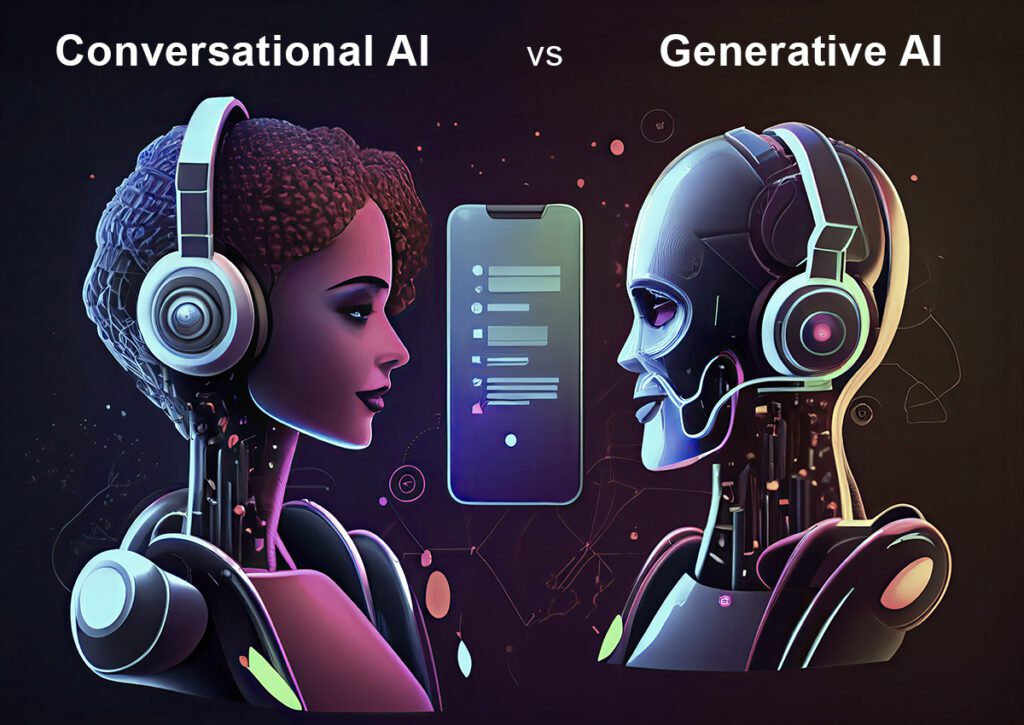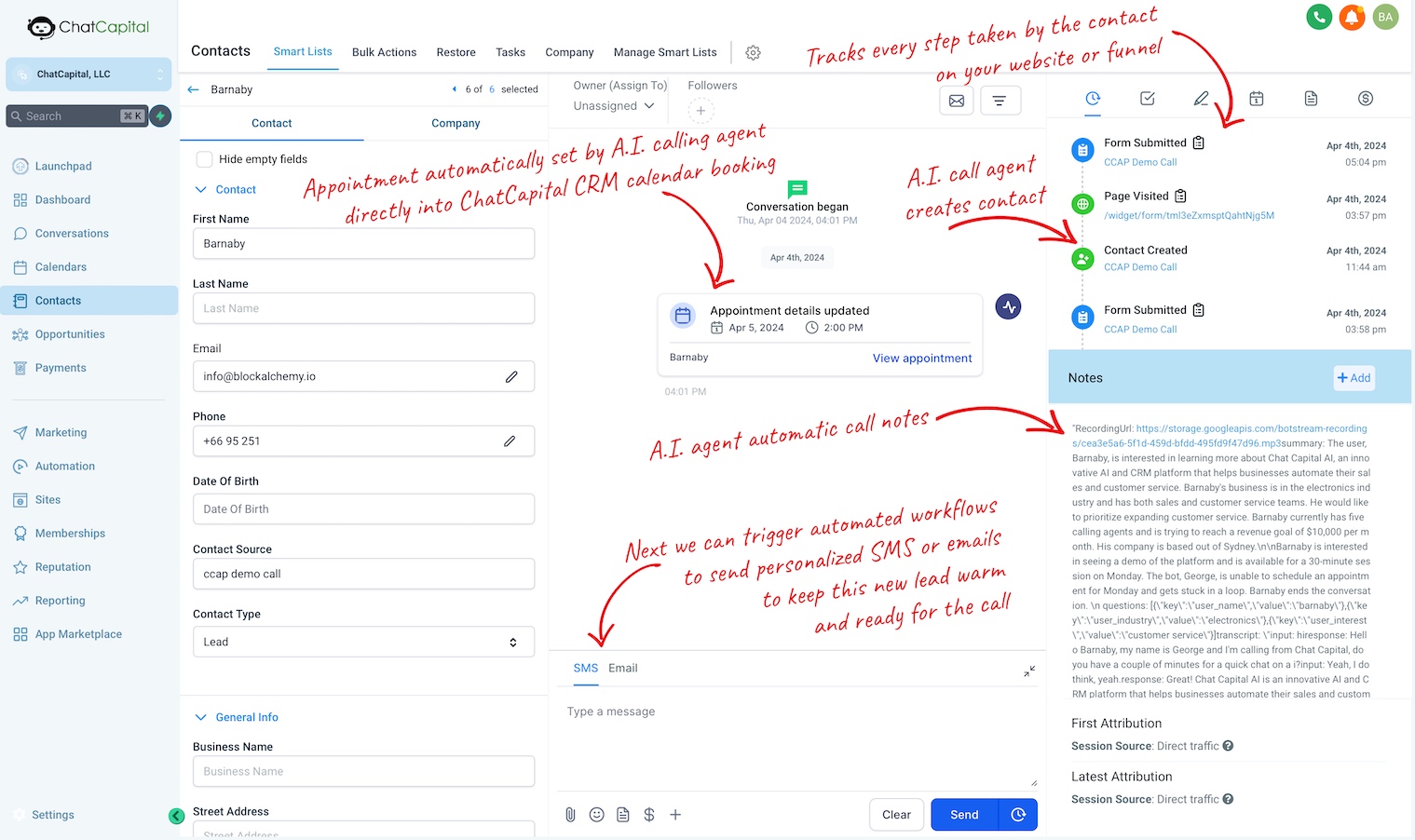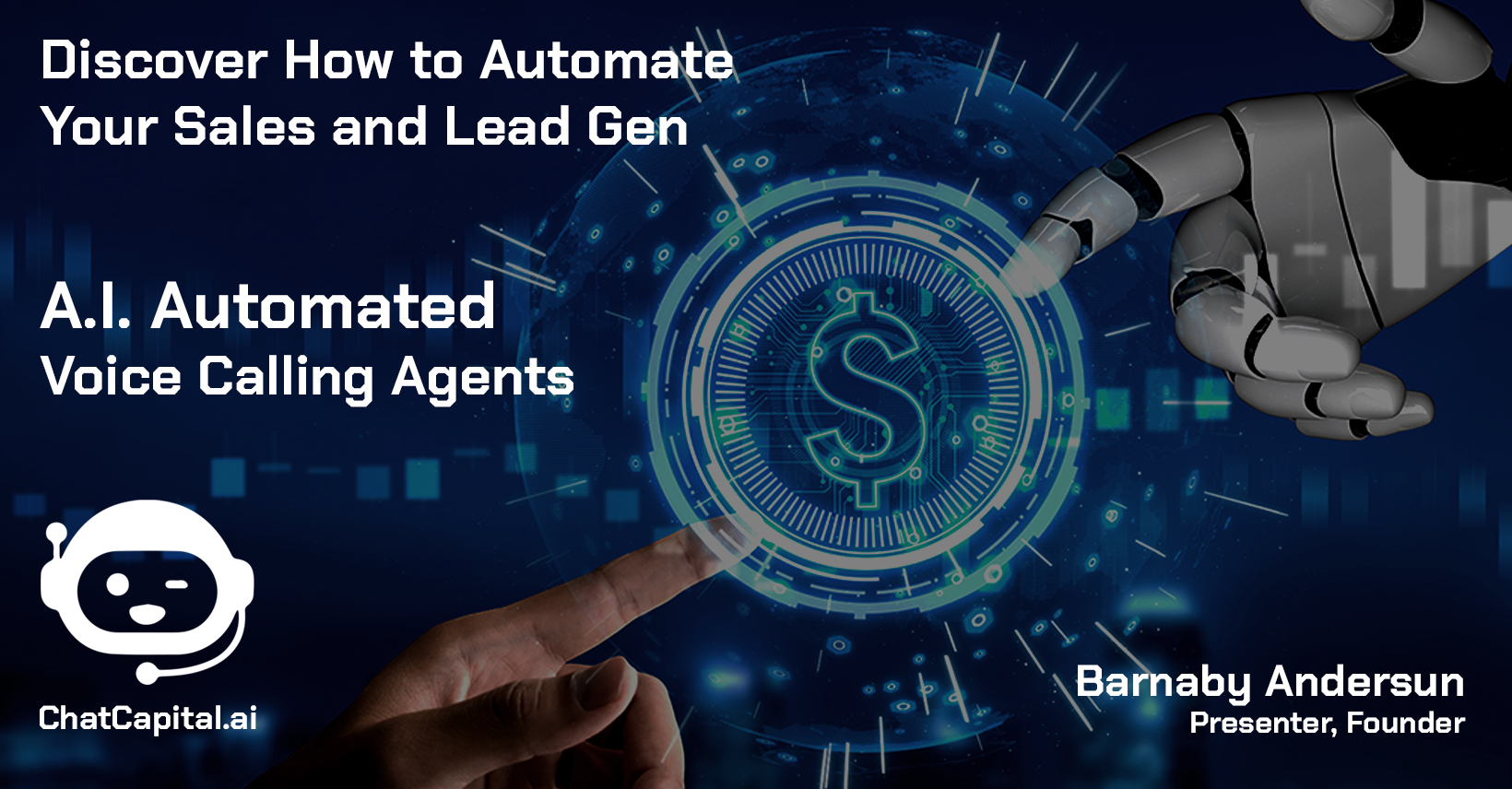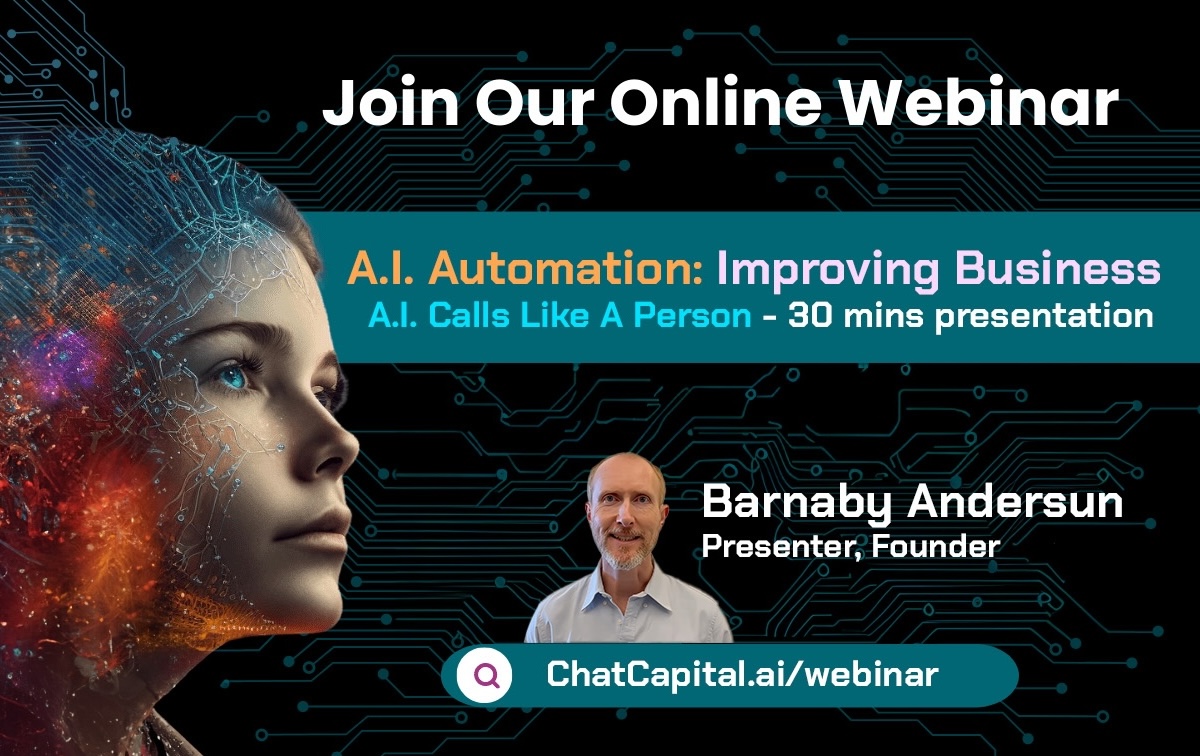Conversational AI vs Generative AI: Understanding the Key Differences for Business Automation
Conversational AI refers to a set of technologies that allow computers to simulate real-time conversations with users. This artificial intelligence is designed to understand, process, and respond to human language in a natural way. Typically, it uses natural language processing (NLP) and machine learning (ML) to interpret the user’s language, analyze the content, and craft responses that mimic human conversation. The main goal is to provide users with an experience that feels like talking to a real person.
This technology underpins chatbots, voice assistants, and other interactive platforms which are increasingly used in customer service, support, and as virtual assistants. Through Conversational AI, businesses are able to automate and streamline communication with customers, leading to increased efficiency and customer satisfaction.
In the realm of business automation, understanding the nuances between Conversational AI and Generative AI is vital for companies looking to scale efficiently. Conversational AI focuses on facilitating interactions with users in a question-and-answer format, aiding in customer service and engagement, while Generative AI is geared towards generating content independently, fostering creativity and innovation. By delving into the distinctions between these two AI technologies, businesses can harness the power of automation to enhance lead generation systems and drive revenue growth. Let's dive into the details of these cutting-edge technologies and explore their potential for transforming business operations.
Uses and Benefits of Conversational AI
The uses and benefits of Conversational AI are vast and cater to a variety of business needs. At its core, it serves as the front line of customer interaction, handling inquiries and providing immediate responses. This reduces the need for human intervention in basic tasks and allows human resources to focus on more complex issues. By providing 24/7 service, Conversational AI ensures customer support is always available, improving overall satisfaction. Furthermore, it can guide users through processes, such as shopping checkouts or booking appointments, enhancing user experience. Data gathered from these interactions can be invaluable; it helps businesses understand consumer behavior and preferences, leading to better decision-making. Additionally, Conversational AI can be scaled quickly to handle increasing volumes of interactions without a proportional increase in costs, making it a cost-effective solution for growing businesses.
Maximizing Lead Generation with AI
- Conversational AI for lead generation offers personalized, scalable, and efficient interactions, available 24/7, ensuring no lead goes unnoticed or unengaged.
- AI-driven chatbots and virtual assistants can qualify leads by asking the right questions and scoring them based on predefined criteria.
- Natural language processing (NLP), machine learning (ML), and speech recognition are key technologies that enable chatbots and AI virtual assistants to simulate human-like conversations and handle customer inquiries.
- AI voice agents can predict customer needs based on past interactions, personalize communication, and improve overall customer satisfaction.
- AI systems can prioritize leads based on their likelihood to convert, ensuring that sales efforts are directed where they are most likely to bear fruit.
- Chatbots and AI virtual assistants can streamline sales processes, increase efficiency, and ultimately boost revenue through automated lead generation systems.
- AI-powered voice systems have transformed the way businesses engage with their customers, enabling more efficient, personalized, and engaging interactions.
- ChatCapital, a leading provider of AI-powered voice systems, integrates cutting-edge technologies like TTS, STT, NLP, and LLM to revolutionize sales outreach and customer interactions.
- AI-powered voice systems can automate lead qualification processes, engage with prospects in a personalized manner, and streamline sales workflows.
- AI voice agents are emerging as a vital solution to sales and customer engagement challenges, providing instant responses and support to customers, and collecting and analyzing data from interactions to inform future sales strategies.
Defining Generative AI
Generative AI stands apart from its conversational counterpart by its ability to create new, original content that doesn’t necessarily rely on direct user interaction. It encompasses algorithms and models, such as Generative Adversarial Networks (GANs) or Transformer models, which can generate text, images, videos, and more. The power of Generative AI lies in its capacity to understand patterns and data to such an extent that it can produce output that mimics the input data, often indistinguishable from what might be created by a human. This technology is not just about replicating what it has seen before; it’s about innovation and creating something entirely new. It is particularly useful for tasks like content creation, designing prototypes, and even drug discovery, where it can propose novel molecular structures. As such, Generative AI is a major driver for creativity and efficiency in industries far beyond just customer service.
Uses and Benefits of Generative AI
Generative AI’s uses are diverse, extending into creative and analytical domains. It can generate realistic images and videos, craft original written content, and compose music or audio — tasks that typically require a high degree of creativity. For businesses, this means being able to produce marketing materials, write reports, and create digital content at a fraction of the time and cost it would take through traditional means. In the research and development sector, Generative AI can accelerate the design of new products or materials by predicting successful designs before they are physically tested. This not only speeds up the innovation cycle but also significantly reduces costs. Moreover, Generative AI can personalize content at scale, enabling businesses to offer unique experiences to customers, which can improve engagement and loyalty. The ability to automate and customize creatively is a powerful advantage in today’s competitive market.
Impact on Business Automation
The impact of Conversational and Generative AI on business automation is profound but distinct. Conversational AI streamlines customer interactions, effectively serving as an automated customer service representative. It can handle a high volume of routine queries, freeing up human agents to tackle more complex tasks. This leads to increased efficiency and can significantly reduce operational costs. On the other hand, Generative AI impacts business automation by taking over creative and analytical processes. It can automate content creation, generate new ideas for products or services, and customize experiences at an individual level. While both technologies automate tasks that were once manual, the key difference lies in their application areas. Conversational AI is about enhancing interaction and service, whereas Generative AI is about creating and innovating, which opens up new avenues for businesses to explore and expand.
Choosing the Right AI for Your Business
Selecting the right AI technology hinges on your business needs and objectives. If your priority is to enhance customer service, streamline communication, and improve operational efficiency, then Conversational AI may be the best fit. It can automate responses to customer queries, provide instant support, and even handle sales processes. For businesses looking to automate these aspects, Conversational AI is indispensable. On the other hand, if your focus is on content creation, design, and innovation, Generative AI is more appropriate. It is ideal for businesses that require high volumes of creative output or need to quickly generate a multitude of ideas and solutions. The decision also depends on the scalability of the technology in relation to your business growth. Understanding the strengths and limitations of each AI type will help you make an informed decision that aligns with your business automation goals.




